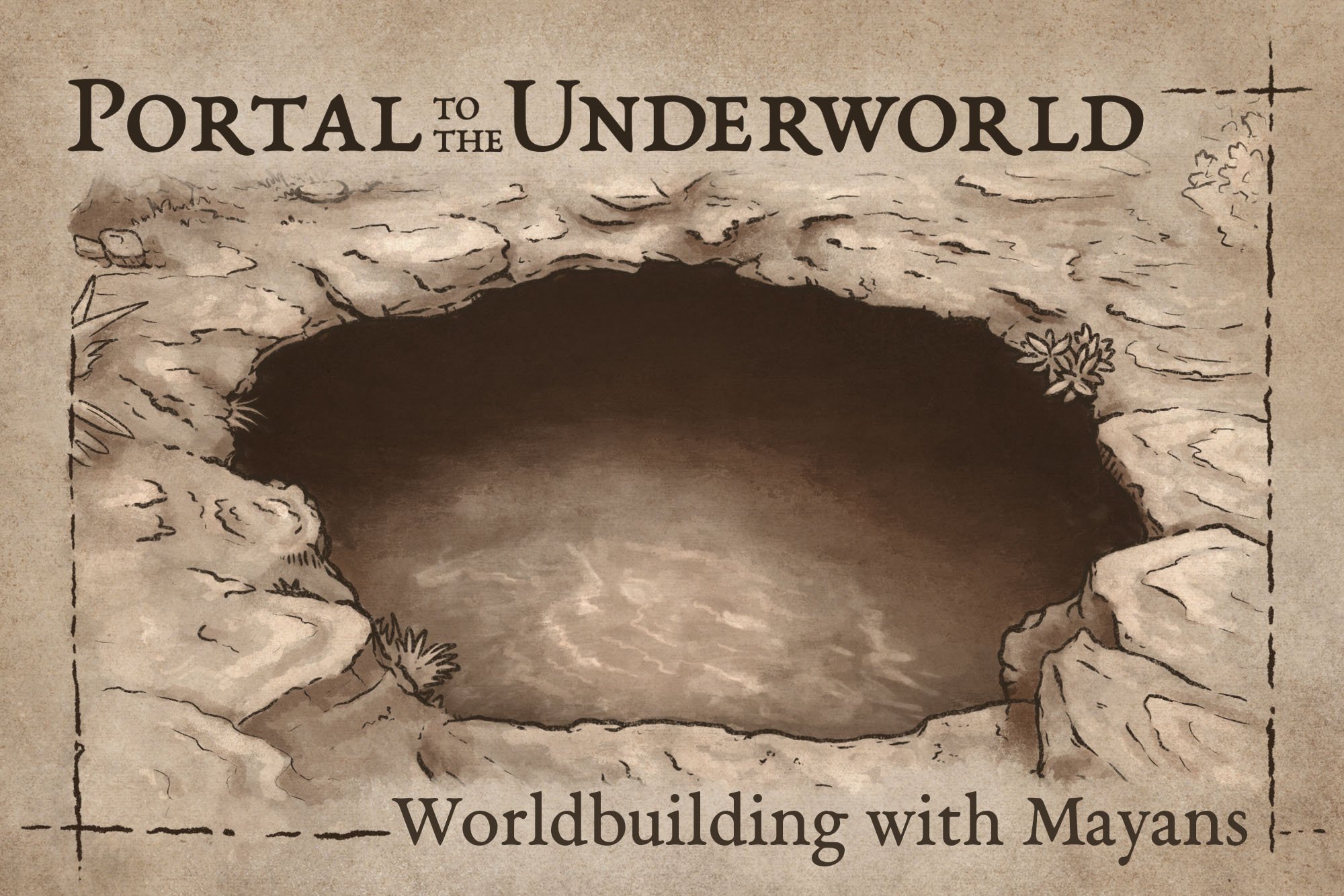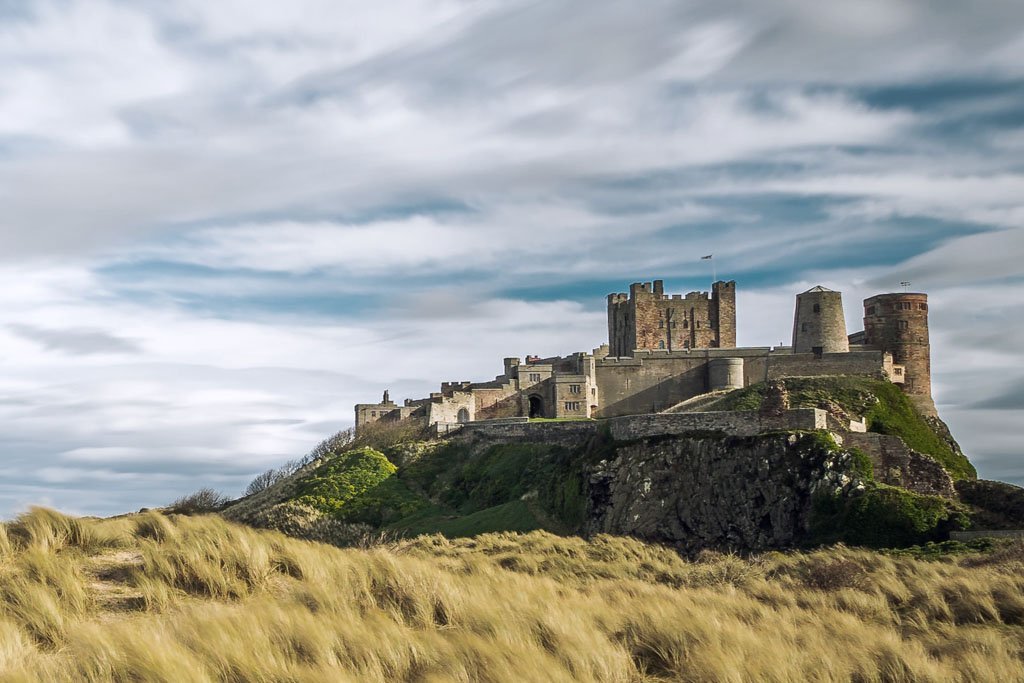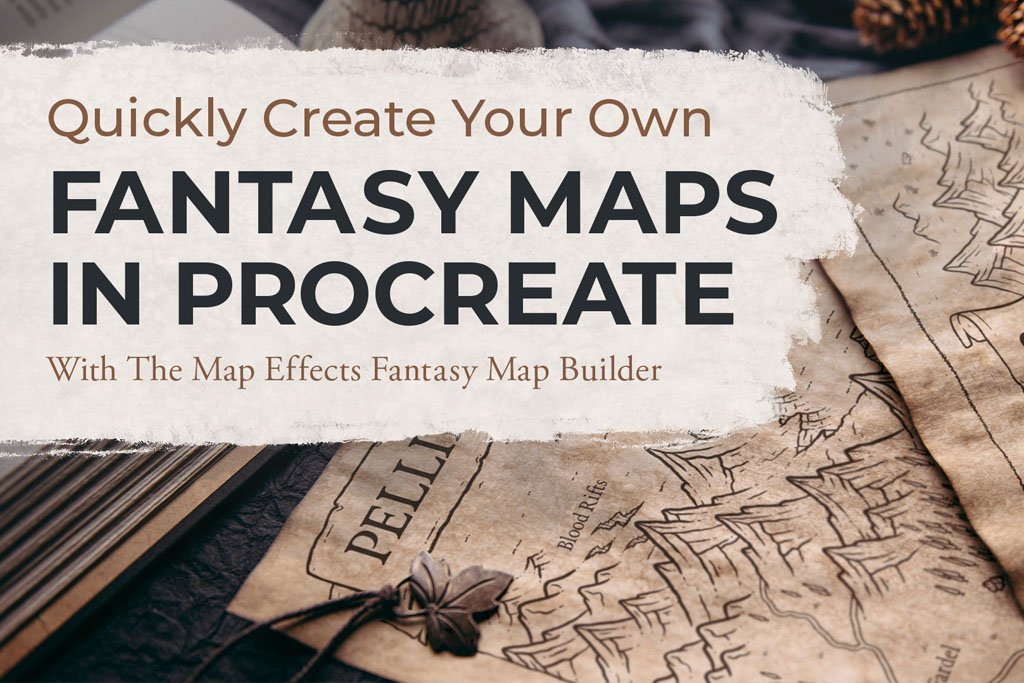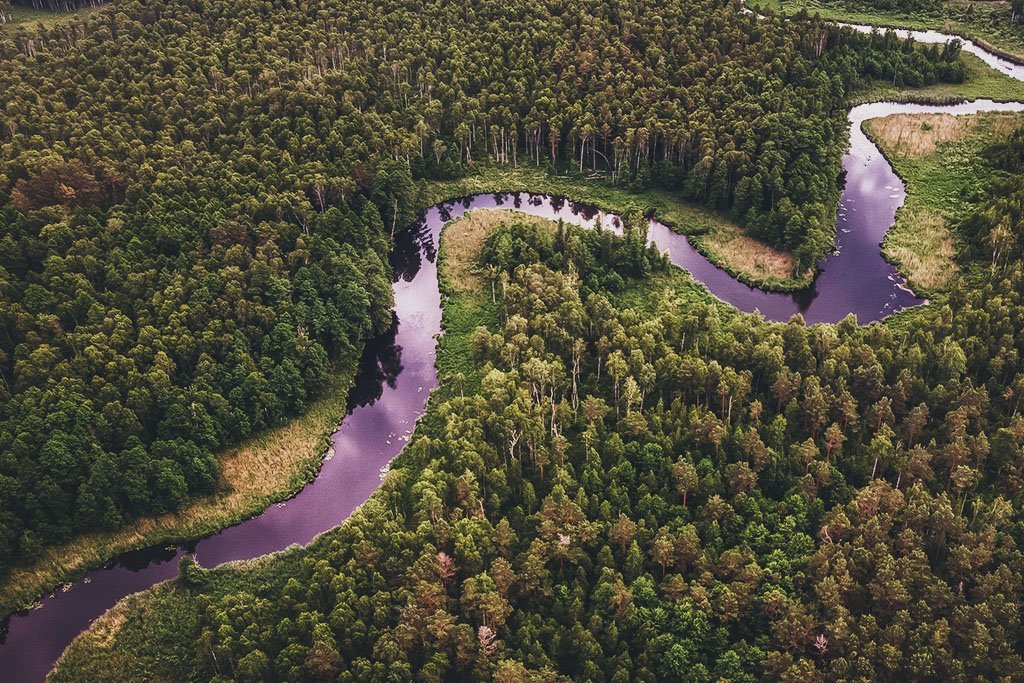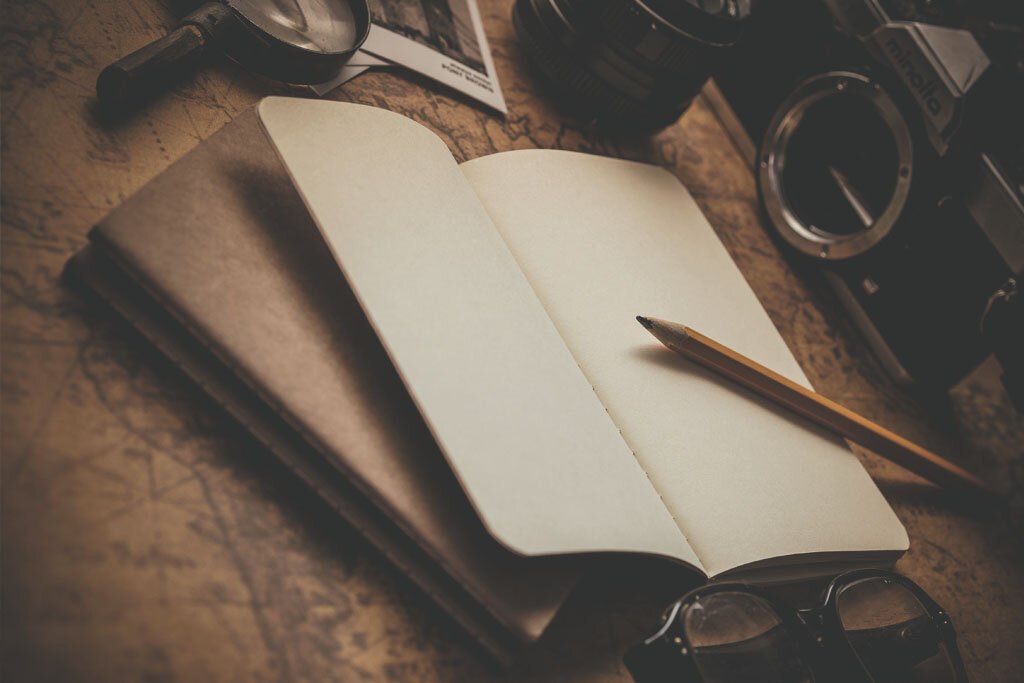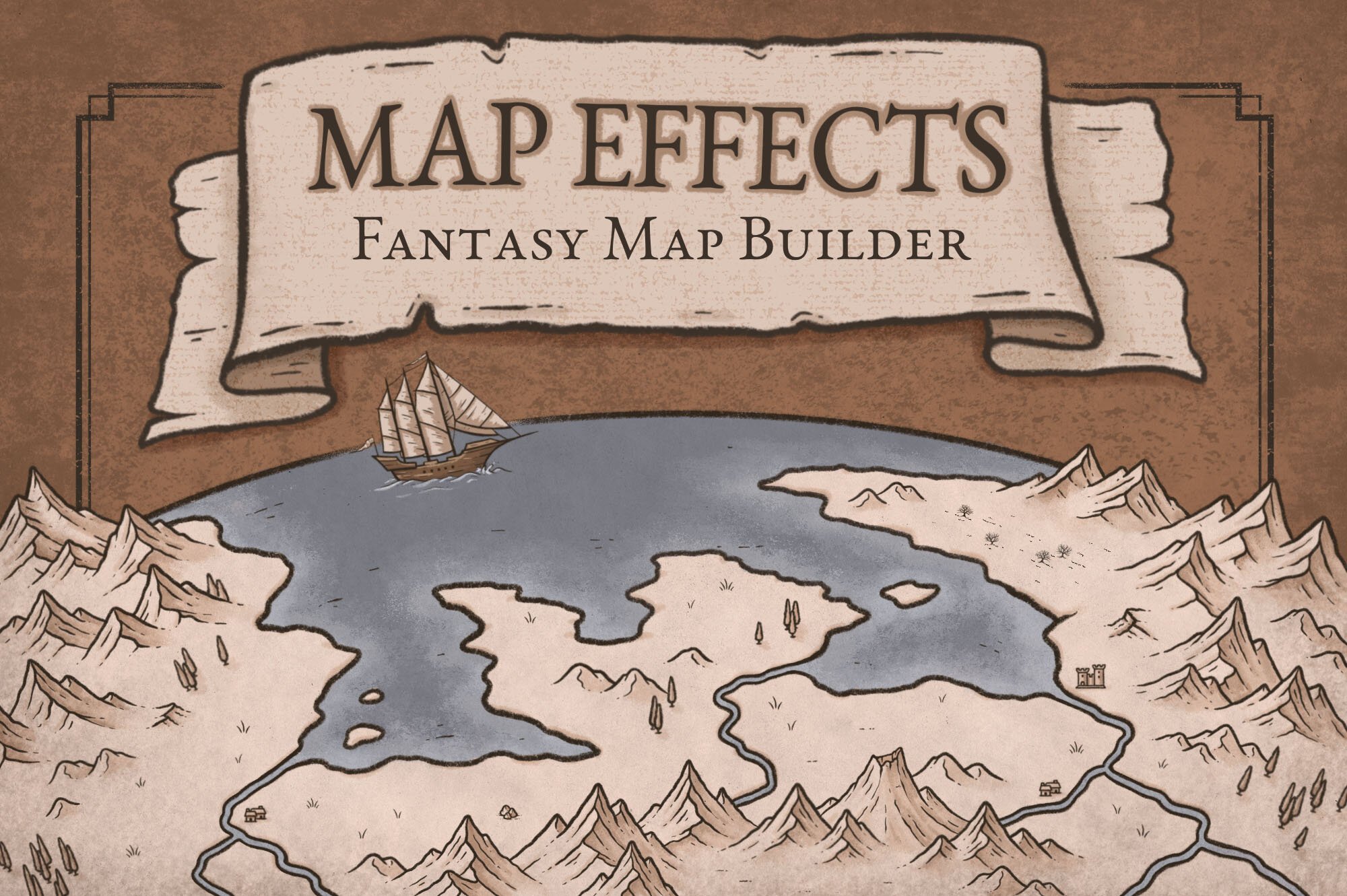Telling a Story With Your Map
When you scale down a continent to fit on a piece of paper, it is impossible to retain all the nuances of the terrain. A map is an artist’s interpretation of a landscape, which means you need to decide what to show and what to leave out. Even the most detailed landscape painter has to make creative decisions to give the sense of a landscape without painting every single pine needle.
I am a bit of an obsessive perfectionist, so when I first began drawing maps, I wanted everything to be “accurate.” But it didn’t take long to become so overwhelmed in the details that it caused me to walked away from cartography for awhile. I didn’t understand that the “perfection” I was striving after was an impossible goal, which meant no matter how much effort I put toward it, I was disappointed.
But the goal of a fantasy map should not be “perfection” or even mere “accuracy”, but telling a visual story. When you know the story you want to tell, and who it is for, then you can decide what is essential to show on your map and what to omit. A map that tells a story will not only be more memorable but will cause people to just want more.
Here are 4 essential things to consider before you begin drawing your map.
Describe Your Ideal Audience
If your map is meant to appeal to somebody who loves dark gothic themes, then a whimsical map that looks like it belongs in a children’s storybook is probably not going to work. This may be an extreme example, but the point is that you need to know your audience. Not everyone is going to like your work, but if you know who you are primarily creating the map for then you can make all of your creative decisions with that person in mind.
Sit down and begin to describe the ideal person for the story you want to tell. Give them a name, age, gender, and list out what they do for work and what they do in their free time. This is a common exercise in the marketing and business world to identify their ideal customer is so that all their decisions can be made with that individual in mind. But this is also extremely valuable when it comes to art and storytelling as well. So, come up with a profile that describes your primary audience in as much detail as possible.
Determine What Information Needs to Be Conveyed
What information is absolutely essential for your audience to know after looking at your map? Do they need to know where a particular swamp is located? Or is it important for them to see the distance between a village and a particular city? Determine what the most important elements are and build your map around those things.
Showing less is often more effective in making a map feel more realistic because it provides clarity to the viewer. If there is too much information to take in and it’s all shouting at them for an equal amount of attention then there’s a strong possibility they will miss your main message altogether. That’s not to say you cannot include some secondary elements to flesh out the surrounding areas of your map. But they should not distract from the primary things you want to communicate to them.
Decide What Emotion to Evoke
A map shouldn’t just convey information, it should trigger some type of emotion in the viewer. Realize as well that even a bored reaction is still an emotion…it’s just not the emotion you probably want to achieve. Either way, people will feel something about your map so don’t just leave it up to chance. If you want them to feel uneasy and that the world has a dystopian feel, then you would likely want to use some desaturated colors, darker values, and draw everything to feel like it has an element of decay. Consider what emotion you want to trigger and aim wholeheartedly at it.
An Example from Peter Jackson’s Lord of the Rings
In the movie adaptation of Lord of the Rings, consider how the color palettes were used to communicate something about the story and cause you to feel a particular way. In the image of Frodo on the left, warmer and more saturated colors were used to convey that Rivendell is an inviting place of safety and rest. The location itself is meant to be so inviting that only necessity will drive Frodo to leave.
But, Lothlorien on the right utilizes a much cooler color palette. The colors in the skin are far less saturated, and there is a heavy blue cast to make us feel ill at ease. Even though Lothlorien is also a place of rest, part of us wants to leave as soon as possible because we aren’t sure we can trust these elves in the same way we did in Rivendell.
Imagine if the colors in these scenes were reversed, and how dramatically it would change the emotion you feel. Both scenes take place shortly after our protagonists arrive and are meant to give us a first impression of the location. This is a great example of using visuals to drive a story and trigger an emotion in us as the viewer.
Deliver a Sense of Mystery
One of the amazing things about maps is that it often causes us to want to explore and learn more about the world. Sometimes the regions we find most compelling are the areas that seem vague but hint at something to be discovered. Mystery is potentially one of the most compelling storytelling methods as it spawns discussion and a desire to know more.
A way to accomplish this is to supply just enough information to pique somebodies curiosity without telling the whole story. Having a scarred patch of ground in the middle of a forest, a trapdoor on an isolated island, or a large rock formation that looks like it is carved out of a mountain. Whatever it is, the key is that it should be just unusual enough that it will cause somebody to stop and wonder.
PIN FOR LATER
Having Clear Direction
Being able to have clarity in these four areas in the beginning will go a long way in helping you know what story you want to tell. Then you can make decisions on what is most important to your message and what’s just noise. As the artist you are the one in control of the story your map tells. Even if you are creating a map for somebody else, then it’s up to you to understand the story they’re telling so that you can create a map that reflects and honors their world.









